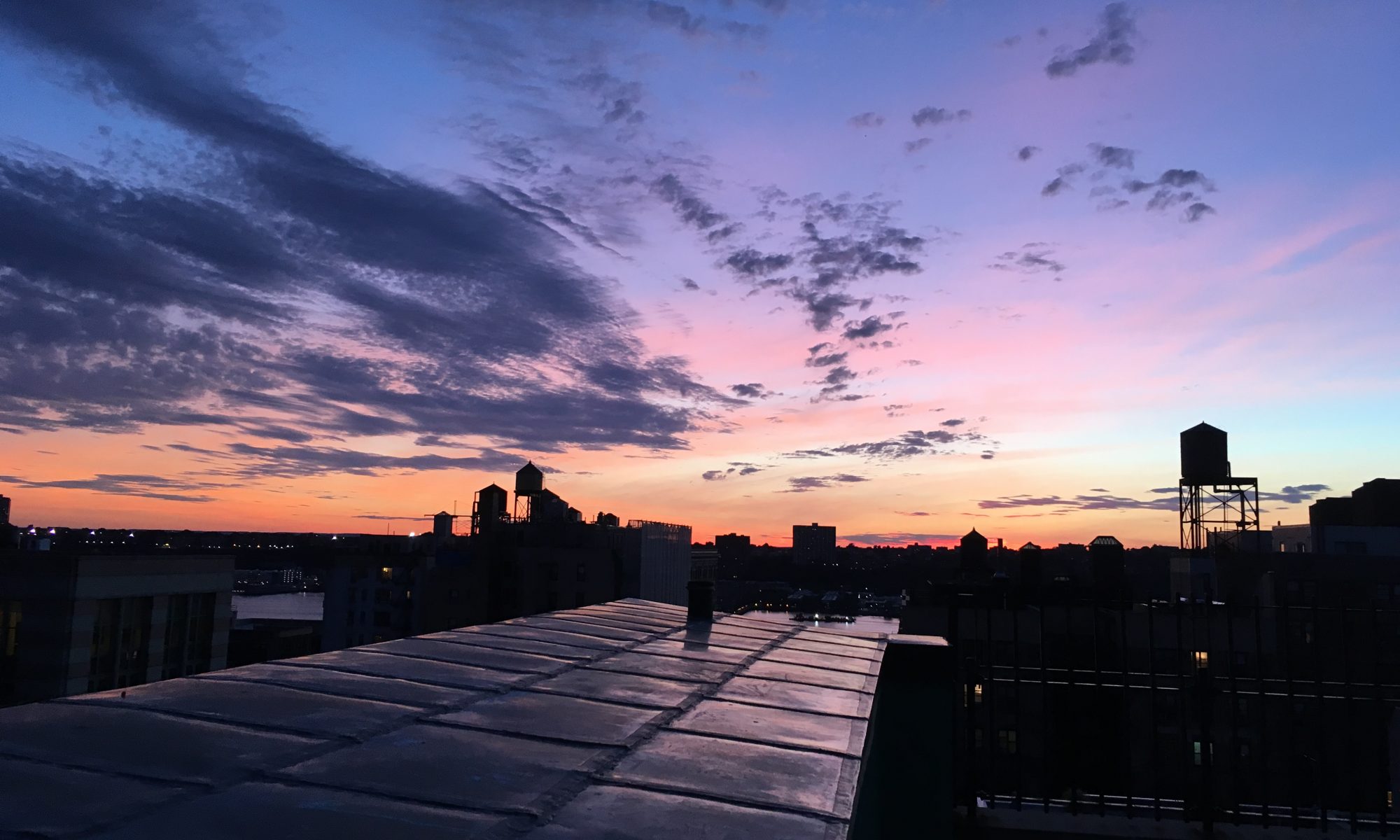ran
| Edification value | |
|---|---|
| Entertainment value | |
| Should you go? | |
| Time spent | 32 minutes |
| Best thing I saw or learned | In addition to the historic photos and artifacts the museum has a series of odd, delicate, contemporary wire sculptures hanging below the skylight.
I couldn’t find any explanation for who made them or why they were there. Google solves the mini-mystery: they’re by Judy Moonelis. |
Almost all Jewish people in the U.S. are either Ashkenazi or Sephardic. Ashkenazi Jews trace their ancestry to central or eastern Europe, while Sephardic people lived in the Iberian peninsula, until they were expelled by Ferdinand and Isabella. However, they are not the only European Judaic traditions. Tucked away on Broome Street in the Lower East Side is the only synagogue in the Western Hemisphere serving Romaniote Jews, a distinct, ancient, Greek community.

The congregation of Kehila Kedosha Janina occupies a modest 1927 building, currently one of the last active synagogues on the Lower East Side. And since 1997 the building has also housed a museum on its upstairs floor– open only on Sundays as of this review– presenting photographs and artifacts describing the community and its traditions. Continue reading “Kehila Kedosha Janina Synagogue and Museum”











 That it’s an institution related to September 11 doing the ripping makes it all the more vexing. If you want to learn about 9/11, the large museum at the World Trade Center, the
That it’s an institution related to September 11 doing the ripping makes it all the more vexing. If you want to learn about 9/11, the large museum at the World Trade Center, the 
 The 9/11 Tribute Museum occupies the second floor of a nondescript office building just a few blocks south of the World Trade Center complex. While its role is now overshadowed by the massive memorial and museum to the north, it manages to differentiate itself, offering a distinct voice in commemorating the worst day in New York’s history (so far).
The 9/11 Tribute Museum occupies the second floor of a nondescript office building just a few blocks south of the World Trade Center complex. While its role is now overshadowed by the massive memorial and museum to the north, it manages to differentiate itself, offering a distinct voice in commemorating the worst day in New York’s history (so far).
 Leffert Pieterson, a Dutch farmer, obtained a tract of land in the village of Flatbush in 1687, and built himself a house there. That original Lefferts homestead was burned by the Americans just before the Battle of Brooklyn, to prevent the British from seizing and using it. However, Pieter Lefferts, in the fourth generation of a family that as some point reversed names, rebuilt a fine farmhouse for himself and his family in 1783.
Leffert Pieterson, a Dutch farmer, obtained a tract of land in the village of Flatbush in 1687, and built himself a house there. That original Lefferts homestead was burned by the Americans just before the Battle of Brooklyn, to prevent the British from seizing and using it. However, Pieter Lefferts, in the fourth generation of a family that as some point reversed names, rebuilt a fine farmhouse for himself and his family in 1783. 
